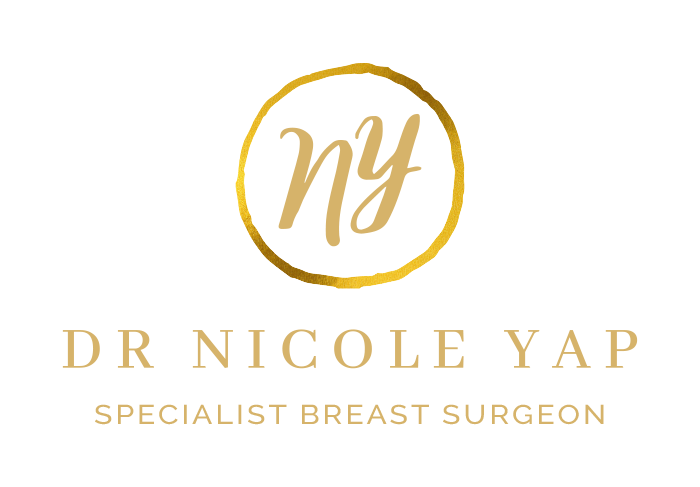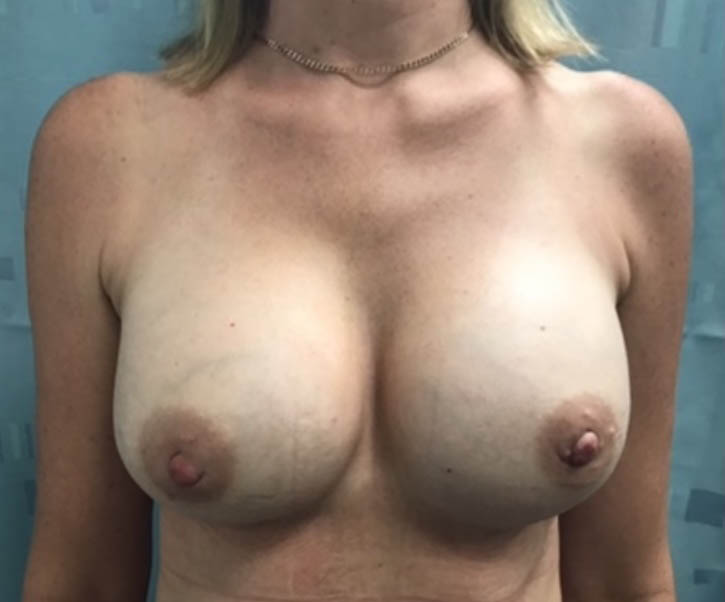Breast Augmentation, also known as breast enhancement or augmentation mammoplasty, is surgery to increase breast size.
There are a variety of reasons to consider a breast augmentation which range from correcting congenital micromastia to asymmetry (differences in size of either breast).
- Enhance your appearance if you think your breasts are small or that one is smaller than the other
- Adjust for a reduction in volume of the breasts after pregnancy/breast feeding, or significant weight loss.
- Correct for congenital disorders such as Poland’s syndrome, tubular breasts or Gender Reassignment.
Breast Augmentation Surgery
Breast Augmentation surgery can either be performed using a Prosthesis (implant) OR Autologous Fat Grafting. The type of procedure depends on what you want to achieve.
The initial size, feel, skin elasticity, and fall of your breasts, along with the desired results regarding size and projection from an augmentation will assist in determining the type of procedure.
Dr Yap always perform a full breast assessment which includes clinical examination, mammogram and breast ultrasound to look for any breast pathology prior to embarking on any surgery.
FACTS & MYTHS
- Breast implants alone do not always improve sagging breasts.
- Depending on the make, and thus technology involved, implants life span can be life long. Older made prosthesis have a lifespan of about 10yrs. They may need to be removed or replaced due to leakage from “wear and tear”
- Mammograms can be successfully performed at a breast specialised radiology centre
- Breast implants are unlikely to hamper breast feeding especially if placed under the muscle.
- Insurance covers implants if used for breast reconstruction, for congenital breast micromastia, in Australia for breast droop (ptosis) with children aged between 1 and 7 years, for any medical complications of prosthesis , including leakage and rupture, and capsular contractures, and of course infection.
- Screening for implant leak/rupture, and lymphoma (ALCL) should be done every 1-2 years with ultrasound +/- MRI breasts
- Breast implants alone may not always improve asymmetry
- Breasts will continue to age after augmentation. Weight gain or loss may also change the way the breast look too
Before and After Breast Augmentation
Prosthesis / Implants
Prosthesis create an instant accurate desired volume to the breast. They may consist of normal saline (salt water with similar consistency to body fluids), or a silicone gel. Saline filled prosthesis will cause a contour defect if leaking or ruptured, but is safe as the saline will absorb back into the body. Silcone gel acts like a foreign body if it leaks out of the prosthetic capsule. It may present as a hard lump and be mistaken for a breast cancer until fully investigated by your breast surgeon. It is unclear as to the affects of free silicone, however it has been seen present in axillary (armpit) lymph nodes.
Shape of prosthesis may be either round or anatomical (tear drop). Round prosthesis can rotate within the breast without deforming the shape. On the other hand, tear drop shape can only be positioned in one direction. If it rotates, it will cause a breast shape deformity. The tear drop shape was originally created for breast reconstruction, and required it to be gel filled to maintain the anatomical shape. In order to try to prevent rotation, the traditional smooth surface was changed to textured to allow for integration of surrounding tissue with the prosthesis and thus anchor it into position. Unfortunately this did not guarantee prevention of rotation, but did bring textured implants into vogue.
Size of implants is based on the dimensions of the chest wall, with a range of projections to choose from, which determine the commercially available volumes.
Prosthesis can be placed either above or below the chest wall muscle (pectoral major muscle). Placing above the muscle is less traumatic but the potential complications of capsular contracture, rippling, and changes in nipple and breast sensation are increased. It is now aesthetically gold standard to place the implant under the pectoral muscle. This generally requires a drain for at least 24-48 hrs post operatively.
Summary of potential complications of breast augmentation are:
- Capsular contracture which is contracture of the fibrous capsule which the body forms around the prosthesis, moving the implant with it, and thus distorting the breast.
- Infection of the wound/ seroma (internal inflammatory fluid)/ prosthesis. This noted with warmth and redness of the breast.
- Sensory changes
- Implant position changes
- Implant leakage or rupture
Correcting these complications may require more surgery
Breast Implant-associated Anaplastic Large Cell Lymphoma
There has been identified a possible association between breast implants and the development of anaplastic large cell lymphoma (ALCL), a rare cancer of the immune system. This condition is currently only associated with textured implants and carries a very low risk. It is considered in patients who have enlargement of their breasts, specifically in just one breast some time after breast augmentation. Investigations include breast ultrasound and MRI of the breasts. Conclusive diagnosis is made following a biopsy of excessive seroma (fluid) around the prosthesis.
Breast implant related disease (BIRD)
Systemic symptoms may be associated with breast implants. The exact relationship of these symptoms to breast implants is not understood. Research to determine the link and cause is ongoing. Reported signs and symptoms include fatigue, memory loss, skin rash, difficulty concentrating, and joint pain. Removal of the breast implants tends to reverse the symptoms.
Breast Augmentation Surgery
All of Dr Yap’s patients, pre operatively have a full breast examination, mammogram, and bilateral breast ultrasound.
It is important that you cease medications that can increase the risk of bleeding such as aspirin, warfarin, anti-inflammatories, and also natural medications such as Ginkgo, Ginseng, Garlic, and Fish Oil.
In order to prevent infection and improve wound healing, smoking should be stopped for at least 3 months before surgery.
Breast augmentation is either day surgery with drain tube training so that the drains can be managed at home (specifically if prosthesis is placed under the muscle). Also for this reason, general anaesthetic is preferred to just local anaesthetic.
The incision can be made in one of three places. My preferred approach is under the breast in the inframammary fold. Other sites are under the arm (axillary), or around the areolar. Normal Saline implants are inserted empty and then filled when in place. This allows for a much smaller incision. Silicone implants are pre-filled with silicone gel.
All incisions are closed in a number of tissue layers to prevent expulsion of the implant.
Depending on the specific type of procedure, surgery may take 1 -2 hours.
Soreness, swelling and bruising occur for a couple of weeks after surgery. I use a post operative medical compression bra which replaces the need for a compression bandage. This allows for extra support and positioning of the breast implants.
Post operatively, sleep or rest with your head slightly elevated, and avoid sleeping on the side for 2 weeks. Keep your arms close to your body keeping them below shoulder height, and avoid lifting weights for at least 6 weeks.
Post operatively for at least two weeks there should be no driving and to avoid strenuous activities especially with the upper body. Whilst healing over the six weeks post operatively, the breasts will be sensitive to physical contact or jarring movements. Silicone gel can be useful to avoid keloid or hypertrophic raised scars.


